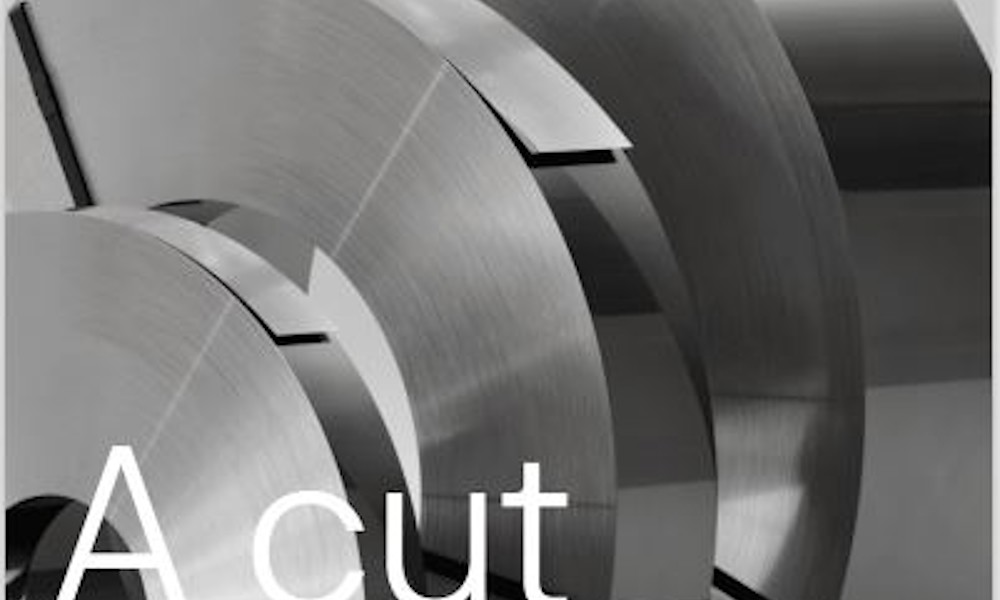Microsectioning deals with extremely precise requirements, and an imperfect blade can destroy a tissue sample. How can manufacturers ensure that they are choosing the right material for their application, and what else can be done to achieve optimal edge geometry?
A microtome is a mechanical instrument employed to produce thin, uniform sections of biological materials for examination under a microscope. It is an essential device for researchers, histologists, pathologists, and scientists engaged in studying cellular structures, tissue morphology, and histopathology.
Microtomes work on the principle of controlled cutting. The instrument holds the specimen securely and steadily advances it against a razor-sharp cutting edge or blade. The thickness of the sections can be precisely adjusted according to the researcher’s requirements, “typically ranging from a few micrometers to a few tens of micrometers”.
Choosing the right metal for your blade
The edge geometry of a microtome is critical to successful tissue sectioning. While achieving the perfect edge requires well-executed manufacturing processes such as grinding, the importance of material choice cannot be underestimated.
Microtome manufacturers need to find the right metal, and who better to recommend the solution than the stainless-steel experts? At Alleima we provide strip steel for a range of applications, serving industries from mining to medical, offering a wide selection of metals and alloys to suit all requirements.
According to Daniel Larsson, global product manager at Alleima: “A microtome blade needs to have a perfect edge without any defects. If it’s not 100% perfect, there’s a risk that the sample of tissues will be destroyed, and sometimes you only have one shot to get it right. Many customers use a coating to get the edge even smoother. The tip of the edge is extremely fine, so even the scratches from the grinding process will be visible if you’re not covering them with some kind of coating. Daniel Larsson, Global product manager
Daniel Larsson, Global product manager
“We always recommend the Alleima 13C26 martensitic steel for microtomes because it’s very clean and it has a very fine microstructure developed for razor blades.”
At Alleima we offer the metallurgical properties and consistent quality that manufacturers need. Martensitic stainless steel is the most widely used material for precision blades, such as those used for microtomes, and consists of a martensite crystal structure that can be hardened through heat treatment. Alleima 13C26 martensitic steel undergoes a slitting process to give it the perfect edge that microtome applications require.
“Microtome blade manufacturing is similar to other blade processes. Typically, we deliver the steel so it’s soft for the customer who can then shape it and apply a proper heat treatment to harden it,” Larsson explains.
“There’s a high demand on the market. That edge really needs to be perfect, so a 100% visual inspection is carried out to make sure that there are never damaged blades in the market.”
While many manufacturers will buy material in an annealed or cold-rolled condition in order to carry out stamping and hardening processes themselves, We have in-house capabilities to perform the hardening and tempering.


